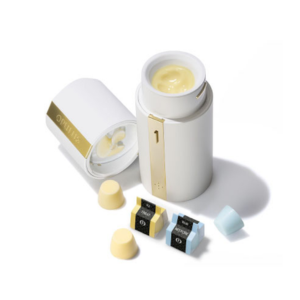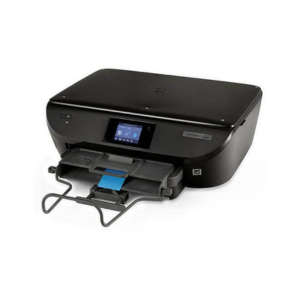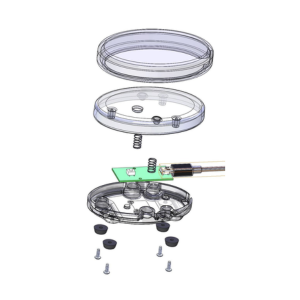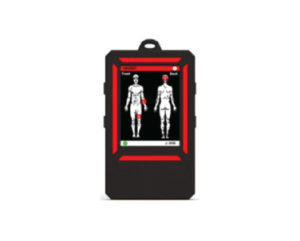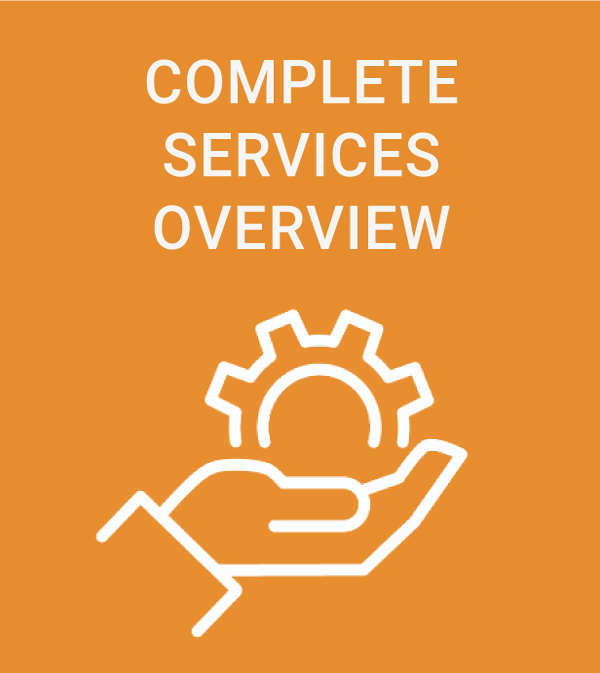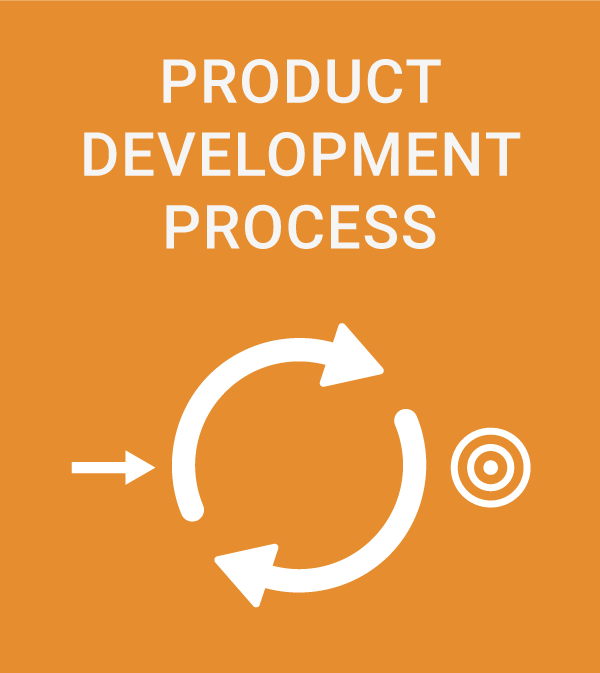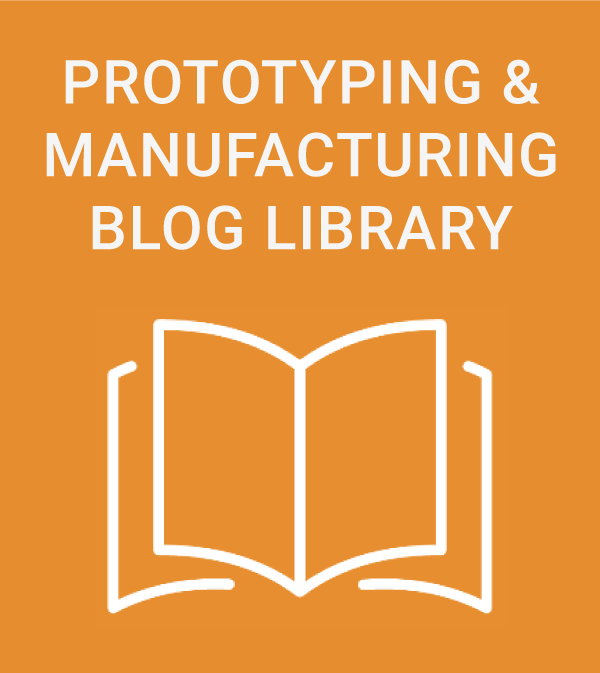Prototyping
Prototyping is an essential stage of the product development process, the method by which designs and concepts become tangible objects. Prototyping can fill a multitude of purposes, from demonstrating a concept’s look and feel to confirming the feasibility of a high-risk feature to production-ready assembly confirmation. During every step of the design process, feedback gathered from prototype testing is crucial in launching a successful product.
Proof-of-concept Prototyping
A proof-of-concept (PoC) prototype is a way to test if an idea can be made to function properly and is usually the first type of prototype, during Phase 2A of the Product Development Process. PoC prototypes can also be invaluable when working to secure funding or for early investor or stakeholder buy-in.
Pre-production Prototype Builds
During every step of the design process, feedback is gathered from iterative prototyping, with each successive build designed to prove out and refine various aspects of a design. Pre-production prototypes are built during Phases 2B and 2C and are also called Engineering Confidence Test (ECT) prototypes. They provide confidence to the team that the engineering is sound and that the design meets the requirements.
Production-ready Prototyping
Towards the end of the product development process, during Phase 3, production-ready prototypes are built. They include all the parts and components built using production processes rather than rapid prototyping, each having undergone design for manufacturing and specific material selection that will be used in the mass-produced units.
Simplexity’s prototyping expertise includes:
- Dedicated build and verification services with 3D printing, machining, assembly, metrology, and environmental testing capabilities.
- Design simplification and cost reduction. As our company name suggests, customers rely on Simplexity to simplify complex electromechanical designs throughout the prototyping process by assessing each systems functionality against critical performance requirements to ensure the most robust design is engineered at the lowest possible cost.
- Electrical prototypes - Simplexity electrical engineers design and have printed circuit board assemblies (PCBAs) and flexible circuits built to test out the electrical design.
- Breadboard builds consist of development kits, sensors, wireless modules, batteries, and other building blocks. Breadboards allow the team to test various aspects of the design before a fully integrated prototype is ready.
- Design optimization - data collection is supported with design of experiments (DoE), where a matrix composed of different ranges of parameters is tested to optimize performance.
- Manufacturing readiness support - Simplexity’s manufacturing engineering team and network of preferred vendors advises on the best manufacturing process for a given part. Simplexity engineers work regularly with vendors capable of standard prototyping techniques – such as 3D printing, urethane casting, and soft tooling – as well as advanced part production techniques, such as injection molding, thixomolding, and casting.
- Custom part prototyping – Simplexity engineers have experience prototyping overmolded parts, as well as flexible components, such as O-rings, gaskets, and seals.
Whether the needed parts get built in-house or by one of our external partners, our clients can be sure that Simplexity is using prototyping techniques that are appropriate to optimally meet the design intent.
“Our partnership with Simplexity has been outstanding. In a time when other such integrators have (amazingly) dropped the ball or seemingly don’t want the business, I can always rely on Simplexity to hit that ball out of the park.”
-Ed Querfeld
Principal, Equipoise Technology, LLC


